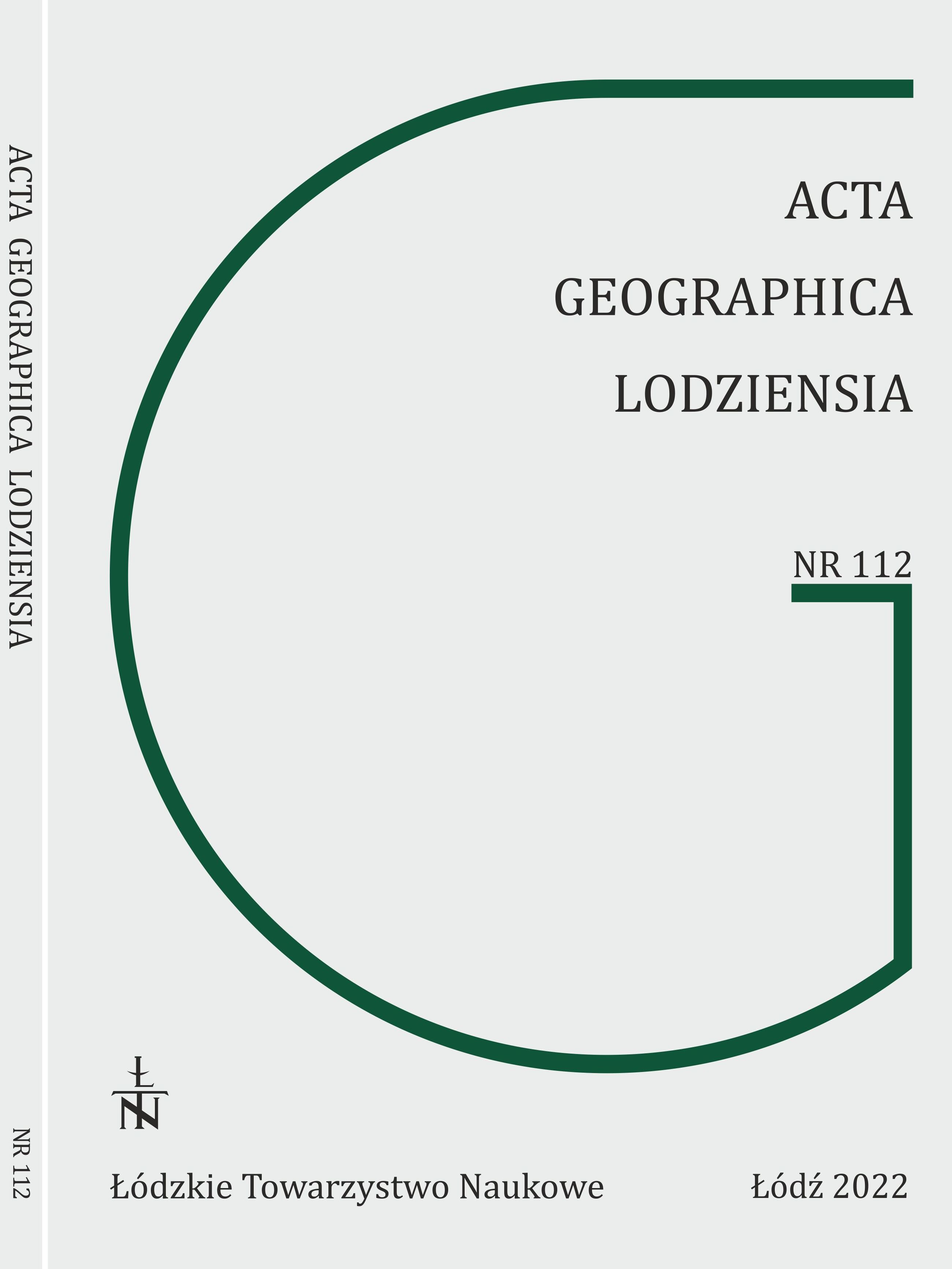Classification of Esker Morphology on Soft Beds in the Area of the Saalian and Elsterian Glaciations in Poland
Classification of Esker Morphology on Soft Beds in the Area of the Saalian and Elsterian Glaciations in Poland
Author(s): Małgorzata FrydrychSubject(s): Geography, Regional studies
Published by: Łódzkie Towarzystwo Naukowe
Keywords: eskers; morphometry; glacialgeomorphology; N-channels; permeable substrate; Polish Lowlans
Summary/Abstract: The study provides a morphologic classification of eskers formed on a soft bed in Poland during the Saalian and Elsterian Glaciations. The classification is based on morphometry, including esker fragmentation, length, sinuosity, ridge elongation and presence of tributary ridges. Five esker types and a total of ten subtypes were distinguished. The most common esker types to the south of the LGM in Poland include 1a – continuous, short, straight esker ridges, 1b – continuous, short, sinuous esker ridges, and 4c – segmented, long, sinuous eskers. The eskers were formed in subglacial N-, R-, N-R and open channels. A synchronous model of esker formation was dominant, but some time-transgressively formed eskers consisting of beads also occur. The analysed eskers have common features with eskers on a hard bed and some of them originated in a similar way, but many eskers exhibit dissimilarity due to different conditions of their formation. The study shows that current esker morphogenetic classifications need to be extended to also include the character of eskers on soft beds.
Journal: Acta Geographica Lodziensia
- Issue Year: 2022
- Issue No: 112
- Page Range: 45-60
- Page Count: 16
- Language: English

